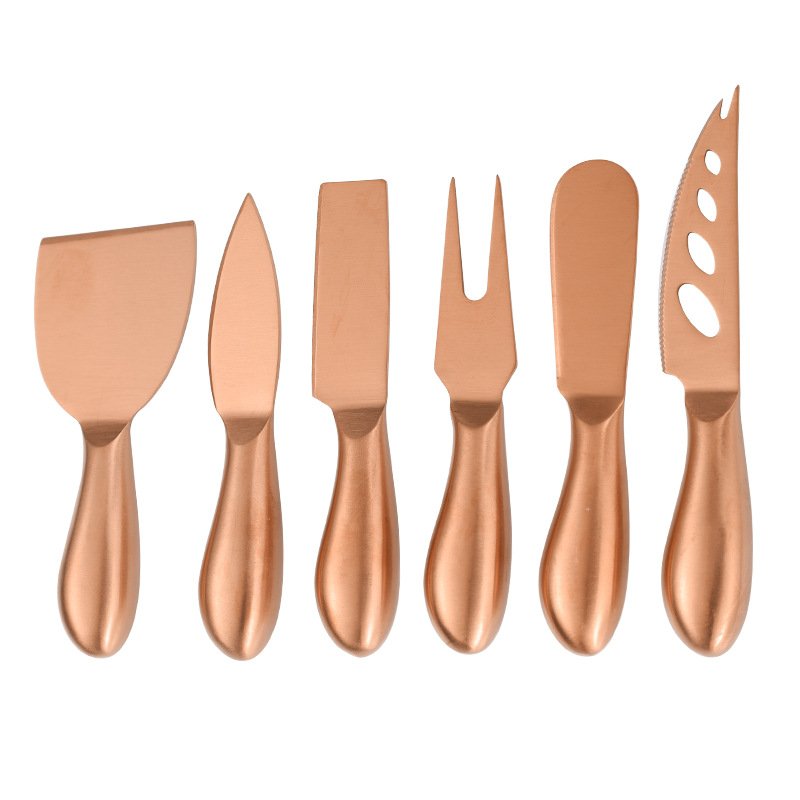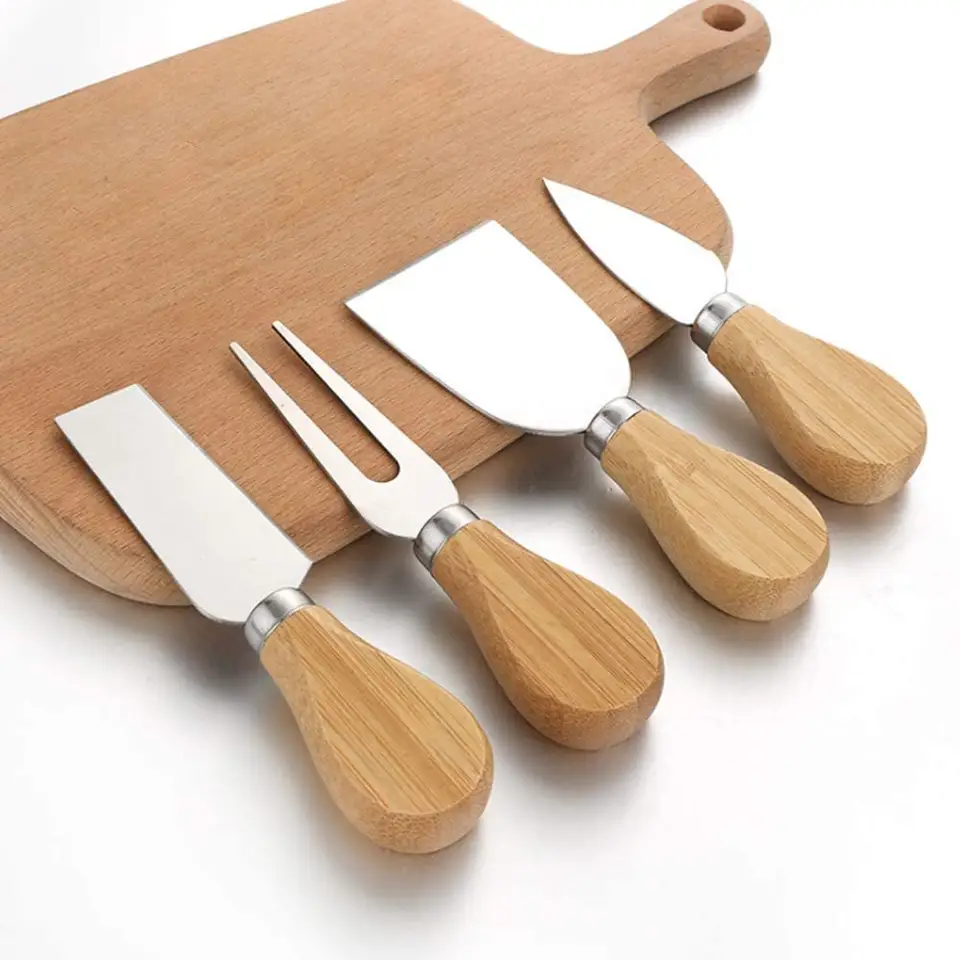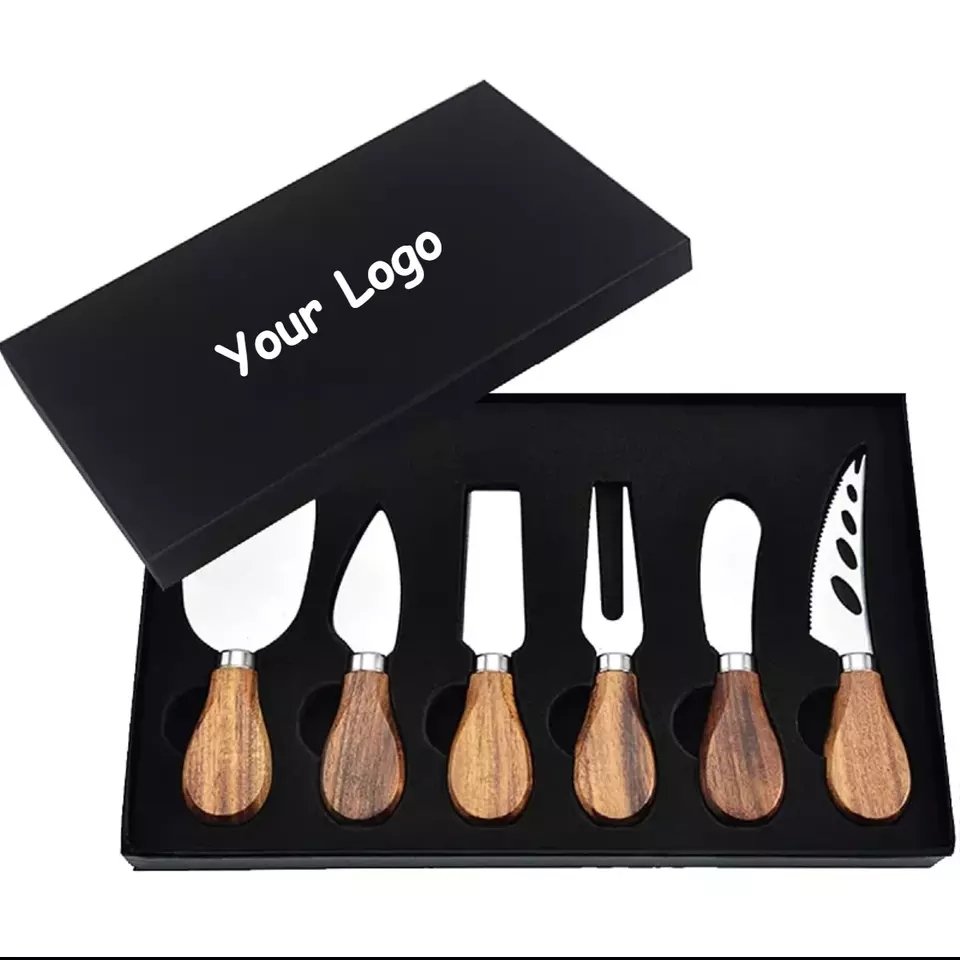Are you struggling to find a reliable partner for OEM cutlery production in China? You’re not alone. Many businesses face delays, low quality, or communication issues. Here’s how to avoid all that.
OEM cutlery production in China involves selecting the right materials, choosing a trustworthy manufacturer, and managing the process from design to shipping. This guide explains it all clearly.
When I first started in this industry, I had no idea how many hidden steps there were behind a polished spoon. Over the years, I’ve helped hundreds of clients turn their vision into mass-produced reality. Whether you’re a startup or a seasoned buyer, this guide will walk you through every essential detail of OEM cutlery production in China.
Table of Contents
What are the key stages in OEM cutlery production?
Every great product starts with a process. And OEM cutlery is no different. Without a clear workflow, things fall apart fast.
OEM cutlery production usually includes design confirmation, tooling, material sourcing, sample making, mass production, quality inspection, and logistics.
Design Confirmation: More Than Just Looks
At this stage, I work closely with clients to make sure we’re on the same page. That means finalizing CAD files, discussing materials, and planning out how the cutlery will function.
What Makes a Good OEM Design?
| Criteria | Description |
|---|---|
| Aesthetic Consistency | Design must match brand tone |
| Ergonomics | Comfortable grip and balanced weight |
| Mass Production Ready | Design must allow for easy mold creation |
| Material Compatibility | Stainless steel or hybrid? It matters |
Design isn’t just about beauty. A design that’s too complex might delay production or result in higher costs. That’s why I often help clients simplify their ideas—without sacrificing their vision.
How are molds made for custom cutlery?
Mold making is where your design becomes physical reality. But get this part wrong, and everything downstream suffers.
Molds are made from steel or aluminum based on approved CAD drawings. Precision and durability are critical to ensure consistent cutlery shape and quality.
Why Mold Quality Matters
Bad molds = bad products. It’s that simple. I’ve seen molds that crack after 2000 shots or produce inconsistent results due to poor steel choices.
Mold-Making Process Breakdown
| Step | Details |
|---|---|
| CAD Verification | Ensure design is manufacturable |
| CAM Programming | Convert CAD into machine instructions |
| CNC Milling | Carve out mold shape using automated tools |
| Heat Treatment | Improve hardness and lifespan |
| Polishing & Testing | Check for precision and surface finish |
Mold investment is a one-time cost, but it determines every unit’s shape. That’s why I always recommend investing in good mold steel like P20 or H13—even if the upfront cost is higher.
How do you choose the right stainless steel for cutlery?
Choosing the right stainless steel is critical. Not all grades are created equal. The wrong one can rust, deform, or lose its shine too quickly.
The most common cutlery grades are 18/0, 18/8, and 18/10. Each has a different balance of chromium and nickel, which affects rust resistance and shine.
Understanding Cutlery Steel Grades
Let’s break down the numbers. The first number refers to chromium content, which fights corrosion. The second is nickel, which adds luster and strength.
Common Stainless Steel Grades for Cutlery
| Grade | Chromium | Nickel | Rust Resistance | Shine Level | Cost |
|---|---|---|---|---|---|
| 18/10 | 18% | 10% | Excellent | High | $$$ |
| 18/8 | 18% | 8% | Very Good | Medium-High | $$ |
| 18/0 | 18% | 0% | Moderate | Medium | $ |
From experience, I usually recommend 18/10 for hotel clients and 18/0 for budget-conscious projects. Always check material certification to avoid mix-ups.

How do I find a factory to make my product in China?
Finding a trustworthy factory in China can feel like searching for a needle in a haystack. With thousands of listings, where do you even start?
You can find a reliable factory in China by using B2B platforms, attending trade shows, getting referrals, or hiring a sourcing agent. Verification is key before starting.
When I first started, I wasted time with flashy websites and broken promises. What worked? Doing my homework. Now I help clients shortcut the learning curve.
1. Online Platforms vs Offline Visits
| Method | Advantages | Risks |
|---|---|---|
| Alibaba/1688 | Large pool, easy search | Quality varies, fake claims |
| Canton Fair | Face-to-face, wide coverage | Seasonal, requires travel |
| Sourcing Agents | Local expertise, handle negotiation | Service fees, varying reliability |
| Referrals/Networks | Trust-based, proven | Limited options, slower |
2. Red Flags to Watch Out For
– No business license or registration info
– No physical factory address
– Poor English or slow replies
– Unrealistic low pricing
Whenever I help clients assess factories, I always request full documents, factory videos, and samples before even thinking about contracts.
How do you manufacture a product in China?
Many people think once they find a factory, production will just “happen.” But manufacturing is a process, not a transaction.
To manufacture a product in China, you need a finalized design, clear specifications, mold/tooling plan, materials selection, production schedule, and quality control workflow.
Without a step-by-step plan, production can go off track fast. I’ve seen clients go from excitement to frustration just because they skipped one critical step.
1. The OEM Manufacturing Flow
| Step | Key Task | Notes |
|---|---|---|
| Design Finalization | CAD files, tolerance, logo, packaging | Ensure factory understands everything |
| Tooling | Mold, fixtures, jigs | Usually 1–3 weeks to complete |
| Sampling | Prototype for approval | Check fit, polish, print |
| Mass Production | Run full quantity | Includes QC checkpoints |
| Packing & Logistics | Boxes, barcodes, shipping marks | Ready for export |

2. Common Pitfalls
– Vague instructions like “shiny surface” or “premium feel”
– Approving samples without testing function
– Relying only on email for order confirmation
In my experience, clarity is everything. One project failed just because the word “fork” was interpreted as two different styles in two departments. Now I triple-check every step.
What is China's OEM?
Many people throw around the word “OEM”—but few actually understand what it means, especially in the Chinese manufacturing context.
China’s OEM means a factory produces goods for other companies based on their designs, without owning the brand. It’s a common model across many industries.
In cutlery, I’ve helped brands build entire product lines without owning a single machine. OEM made that possible.
1. Definitions and Application
| Term | Full Name | Who Owns Design | Who Manufactures | Who Owns Brand |
|---|---|---|---|---|
| OEM | Original Equipment Manufacturer | Buyer | Factory | Buyer |
| ODM | Original Design Manufacturer | Factory | Factory | Buyer |
| OBM | Own Brand Manufacturer | Factory | Factory | Factory |
2. When to Use OEM
OEM is best when:
– You have your own design
– You want to build a brand
– You lack production infrastructure
– You want to control pricing and distribution
OEM frees up your time to focus on marketing and growth, while a trusted factory handles production. But it only works if both sides respect IP and timelines.
Can Americans own factories in China?
Yes, but it’s more complex than just buying a warehouse and starting production. China has rules, and they change often.
Americans can own factories in China via Wholly Foreign-Owned Enterprises (WFOEs), joint ventures, or through local partners. Each has different legal and operational implications.
Several of my American clients have asked this. Some tried, some partnered, and some decided to stay OEM-only. There’s no one-size-fits-all.
1. Ownership Structures
| Type | Description | Pros | Cons |
|---|---|---|---|
| WFOE | 100% foreign-owned legal entity | Full control | Complex setup, tax duties |
| Joint Venture | Partner with local company | Easier access to resources | Shared decisions |
| Local Agent | Operate via Chinese partner | Low startup cost | No control, higher risk |
2. Realistic Challenges
– Legal setup takes months
– Hiring and training are costly
– You must follow Chinese labor law and environmental codes
– Cultural miscommunication can lead to team issues
Unless you’re producing at very large scale, most brands prefer OEM or ODM. It’s faster, more flexible, and avoids regulatory headaches.
How to verify a manufacturer’s OEM capability?
Ever placed an order only to realize too late the factory wasn’t what it claimed? This happens more often than you think.
To verify OEM capability, check for production certificates, visit the factory, review past client work, and test response time and professionalism in communication.
You can’t rely on Alibaba listings alone. I always recommend clients verify in person—or at least arrange a third-party inspection. A manufacturer’s real strength isn’t shown in brochures, but on the factory floor.
1. On-Site Inspection vs Remote Verification
| Method | Pros | Cons |
|---|---|---|
| On-Site Visit | First-hand info, talk to managers | Time-consuming and costly |
| Third-Party Audit | Detailed report, objective perspective | May lack real-time flexibility |
| Video Tour | Low cost, good for initial review | Can be staged or edited |
2. Certificates and Capabilities
Ask for BSCI, ISO, LFGB, and FDA certifications. But don’t just stop there. Check whether they’re still valid. I’ve seen expired documents passed off as current more than once.
| Certificate | Meaning | Why It Matters |
|---|---|---|
| ISO 9001 | Quality Management System | Ensures stable process and documentation |
| BSCI | Social Compliance | Important for EU clients, shows ethical labor |
| LFGB | German Food Safety Standard | Indicates safe material use |
| FDA | US Food Compliance | Essential for exports to North America |
Also, ask about in-house tooling, polishing, packaging capabilities. A true OEM partner doesn’t outsource every step.

What are the common mistakes in OEM cutlery orders?
It’s painful to admit, but even experienced buyers make mistakes. I’ve seen them all—wrong mold sizes, misaligned logos, unpolished surfaces.
Common OEM mistakes include unclear drawings, skipping samples, rushing production, underestimating packaging importance, and ignoring post-shipment service.
Avoiding mistakes starts from Day 1. I always tell clients: even if you’ve done 50 projects before, treat every new order like your first. New materials, new workers, new risks.
1. Incomplete Technical Drawings
Many clients send beautiful renderings but no real specifications. That’s a disaster waiting to happen.
| Drawing Element | Why It’s Needed |
|---|---|
| Dimensions | Tooling, mold cutting |
| Tolerances | Prevents wobbly or tight fits |
| Material Grade | Needed for sourcing and compliance |
| Surface Finish | Ensures polish consistency |
| Logo Placement | Prevents awkward alignment |
2. Rushing to Mass Production
Skipping the sampling step just to save time is risky. I’ve seen clients lose thousands over a slightly off-center logo.
Always ask for at least 2 samples: one for internal review, and one for final approval. That extra week can save months of damage control.
3. Underestimating Packaging
Imagine a beautiful spoon arriving scratched due to cheap polybags. Packaging is not just protection—it’s the first impression.
| Packaging Type | Cost Impact | Brand Impact | Shipping Protection |
|---|---|---|---|
| Opp Bag | Low | Low | Minimal |
| Paper Box | Medium | Moderate | Good |
| Custom Gift Box | High | High | Excellent |
Mistakes happen—but they don’t have to happen to you if you plan smart and double-check everything.
How to manage quality control during mass production?
You can’t be everywhere. But you *can* make sure every fork and spoon meets your expectations—if you set up proper QC steps.
Mass production quality control includes in-line checks, batch sampling, third-party inspections, and strong documentation throughout the process.
Clients sometimes think quality starts after products are finished. No. Quality starts before the first mold is cast, and continues until the last carton is sealed.
1. Pre-Production Checks
Ensure materials match the specifications before production begins. Sometimes a switch from 18/10 to 18/0 happens if nobody notices early.
| QC Stage | What to Check | Tools Used |
|---|---|---|
| Material Inspection | Steel grade, polish quality | Spectrometer, sample |
| Mold Test Run | Dimensional accuracy, flashing | Caliper, visual check |
| Process Flow Review | Process logic, capacity planning | QC checklist |
2. In-Production Monitoring
I work with QC teams that do spot checks every few hours. They test for burrs, dents, color uniformity, weight deviations.
| Item Checked | Why It’s Critical |
|---|---|
| Fork Teeth Align | Functional comfort and look |
| Knife Sharpness | Safety and usability |
| Surface Polish | Avoid complaints from customers |
| Logo Clarity | Brand impression |
3. Post-Production Review
This is your last defense. Random sampling, drop tests, and packaging inspection are a must before shipping.
Don’t rely solely on factory reports. Arrange for third-party QC at least once before shipment. And always ask for a QC video if you can’t visit.
How to calculate total production cost?
Ever been surprised by unexpected fees? Most buyers only look at unit price—and miss the hidden costs that hurt margins later.
OEM cutlery production cost includes raw materials, tooling, labor, surface finishing, packaging, logistics, and inspection. Always budget for extras like mold fees or duty charges.
In my experience, the price on a quote sheet is just the beginning. The real cost includes time, mistakes, and even communication gaps. That’s why I break it all down with clients before we start.
1. Visible vs Hidden Costs
| Cost Component | Type | Notes |
|---|---|---|
| Unit Price | Visible | Usually FOB-based, excludes shipping |
| Mold Fee | Visible | One-time investment, varies by complexity |
| Packaging Upgrade | Hidden | Custom boxes can add $0.10–$0.50 per piece |
| QC & Inspection | Hidden | Third-party cost $100–$300 per order |
| Freight & Tariffs | Hidden | Highly variable, must include in final landed cost |
2. Material and Finish Impact
The higher the stainless steel grade, the higher the price. Similarly, mirror polishing or titanium plating significantly increases finishing cost.
| Material Grade | Cost Impact | Polish Time | Notes |
|---|---|---|---|
| 18/0 | Low | Fast | Budget-friendly, less shiny |
| 18/10 | High | Slow | Premium look and rustproof |
| PVD Coating | Extra High | Long | Decorative, durable |
Always request a breakdown by process step. I once had a client shocked by a $0.30 increase because they changed from laser logo to deep etching without recalculating costs.
What timelines should you expect from OEM cutlery projects?
Want it fast? You’re not alone. But rushing OEM production often leads to delays—not speed. Setting realistic timelines helps avoid panic later.
Typical OEM cutlery production takes 45–75 days, including design, tooling, sample approval, mass production, and QC. Custom orders may take longer.
Clients often expect Amazon-like speeds. But OEM isn’t retail. It’s engineering. Planning ahead is the key.
1. General Time Estimates
| Stage | Timeframe | Dependencies |
|---|---|---|
| Design & Quotation | 3–7 days | Depends on how detailed your drawings are |
| Tooling (Mold Making) | 10–18 days | Depends on complexity and material |
| Sample Production | 7–10 days | Includes polishing, logo, packaging |
| Mass Production | 15–25 days | Volume-dependent |
| QC + Packing | 3–5 days | Based on product complexity and units |
| Shipping Preparation | 2–3 days | Includes labeling, loading |
2. How to Avoid Timeline Delays
– Confirm specs in writing, not just calls
– Use official drawings, not screenshots
– Approve samples fast—every day counts
– Pre-schedule QC appointments
– Arrange freight early during peak seasons
I once had a client delay sample approval by 10 days during Chinese New Year season. That pushed their delivery by a full month due to factory closure. Timing matters.
Final tips for a successful OEM project in China?
Think OEM is just about placing orders? It’s not. Success depends on relationships, clear specs, and follow-through. I’ve seen projects succeed or fail just because of small decisions.
To succeed with OEM in China, communicate clearly, document everything, build long-term trust with your factory, and always plan for follow-up support.
Over 10 years in this field, I’ve worked with over 1000 brands. The ones that thrive are the ones who treat their supplier like a partner—not just a vendor.
1. Set Expectations Early
| Task | Why It’s Critical |
|---|---|
| Detailed Specs | Reduces miscommunication |
| Sampling Milestones | Keeps project on track |
| Communication Channel | Avoids missed updates |
| Feedback Response Time | Helps prevent factory bottlenecks |
2. Build Trust with Your Supplier
– Share realistic forecasts
– Stick to payment terms
– Respect factory holidays and work culture
– Don’t ghost them after shipment—follow up matters
Factories are more motivated when they feel respected. I’ve had suppliers prioritize my orders—even in peak season—because of the trust we built.
3. Keep Improving Together
OEM isn’t a one-time deal. It’s a relationship. After each batch, I suggest reviewing:
– What worked?
– What delayed things?
– What could be optimized in design, packaging, or communication?
This post-project review has saved me and my clients thousands of dollars in future orders.
OEM cutlery production in China isn’t just about making spoons—it’s about making smart decisions from start to finish.





